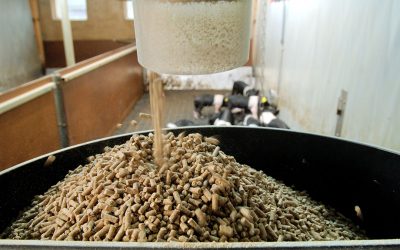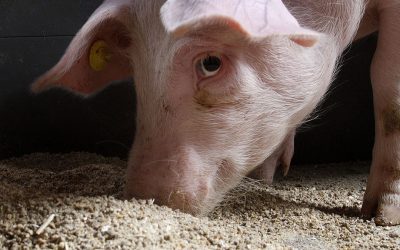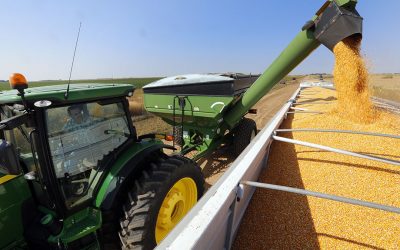New seed sorting technology promises value for feed processors
A new seed sorting technology currently being tested at the University of Saskatchewan’s Canadian Feed Research Centre (CFRC) in North Battleford promises to create value for farmers, deliver consistent product to processors, and protect export markets.
The BoMill TriQ seed sorter was imported from Sweden with the help of an investment from Western Economic Diversification Canada, announced by Canadian Agriculture Minister Gerry Ritz.
“This is new technology and we’re excited about exploring its potential to benefit Canadian farmers,” said U of S researcher Tom Scott, who holds the Research Chair in Feed Processing Technology funded through the Saskatchewan Ministry of Agriculture.
The seed sorter scans each individual kernel with light in the near-infrared range to find out characteristics that are important to food, malt or feed. These include crude protein, starch, moisture, grain hardness, and functional values.
The CFRC is the first place in North America to install and evaluate the seed sorter. The technology promises to help Prairie grain producers maximize value, quality and food safety by separating sub-standard kernels such as those that have sprouted or are contaminated with Fusarium head blight.
On average, 20% of grain is graded as feed – or about eight million tonnes in Western Canada every year.
Financial risks
As of 2012, the difference between feed and malting barley is Can$70 per tonne. The difference between feed wheat and No. 1 wheat is $100 per tonne.
In some instances, a farmer can lose this premium if as few as 1% of the seeds show signs of germination or sprouting.
“From our customers’ point of view, this is not unreasonable,” Scott said. “Enzymatic reactions occur while a seed is germinating. These changes typically lower baking and malt quality and make it harder to get consistent quality in the end product.”
CFRC researchers will try to establish variability in samples of wheat, barley and durum with the hope of determining what percentage of samples graded as feed could be salvaged as high value grain. This could have substantial impact on farm gate returns.
Likewise, the toxins in Fusarium-infected kernels make the grain unsuitable for consumption and can make entire grain shipments unsuitable for export.
Removing Fusarium kernels
The CFRC researchers are looking at the BoMill system’s potential to separate Fusarium-infected kernels to preserve food and feed safety as well as access to export markets.
The BoMill system can sort 30,000 seeds per second, which translates into three tonnes per hour. Units can be operated in tandem; 10 units operating this way would deliver a capacity of 250,000 tonnes per year. This is equivalent to the amount of grain typically handled by some inland grain terminals.
Commercial adoption of the infrared technology could revolutionize how wheat, barley and durum are graded, with the potential increase the value of western Canadian grain by as much as $320 million per year.











